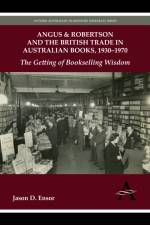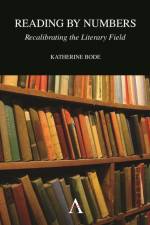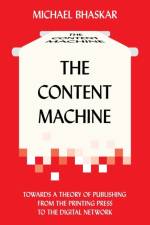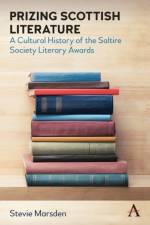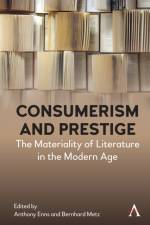- The Materiality of Literature in the Modern Age
1 345
This anthology explores the relationships and interdependencies between literary production and distinctions of taste by examining how the material aspects of literary texts, such as the cover, binding, typography, and paper stock, reflect or even determine their cultural status. In the nineteenth century, for example, the industrialization of printing made possible a wide range of cheap formats, such as dime novels, pulp magazines, and paperbacks, which made literature available to a mass reading public. The increased demand for new content effectively lowered the cultural entrance level, which resulted in a tremendous expansion of popular or trivial fiction. These developments were often perceived as a threat to traditional literary institutions, which increasingly relied on material distinctions as a way of preserving their cultural authority, and some publishers even attempted to mimic the conventions of exclusivity by creating deluxe editions that were designed to preserve the privileged status of so-called "highbrow" texts. In many cases, the distinctions between "highbrow" and "lowbrow" taste actually had little to do with the content of the texts themselves, as books more often functioned as markers of socioeconomic status, like clothing or home décor. At the risk of being provocative, one might even go so far as to say that the concept of literary taste was more closely related to fashion sense than critical judgment. The anthology seeks to address this claim by examining how the tensions between consumerism and prestige reflect fundamental historical changes with regard to the development of technology, literacy, and social power.

